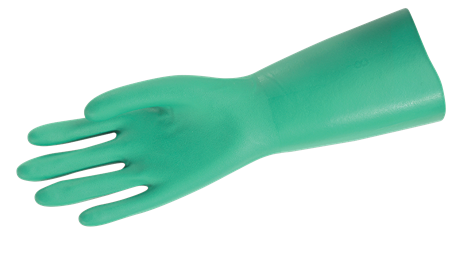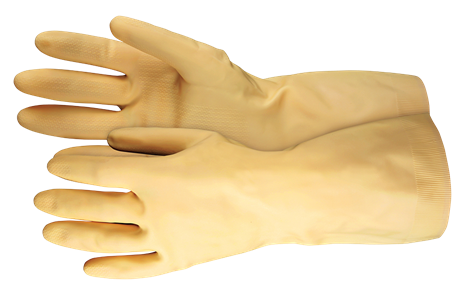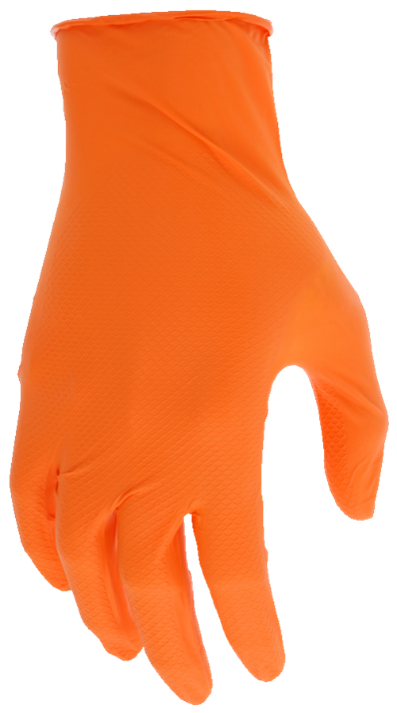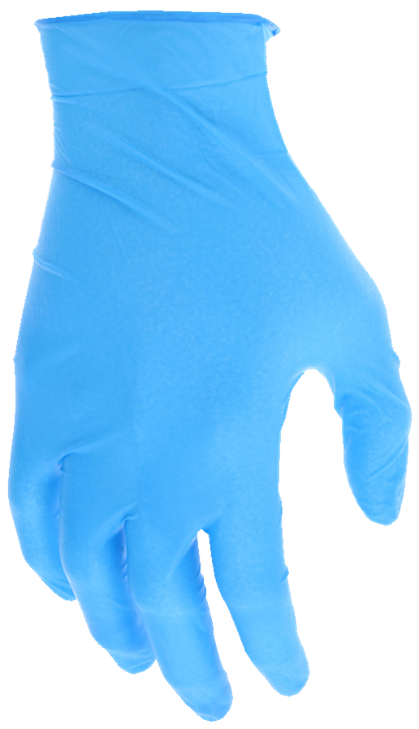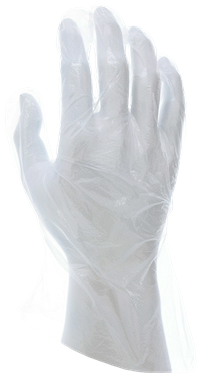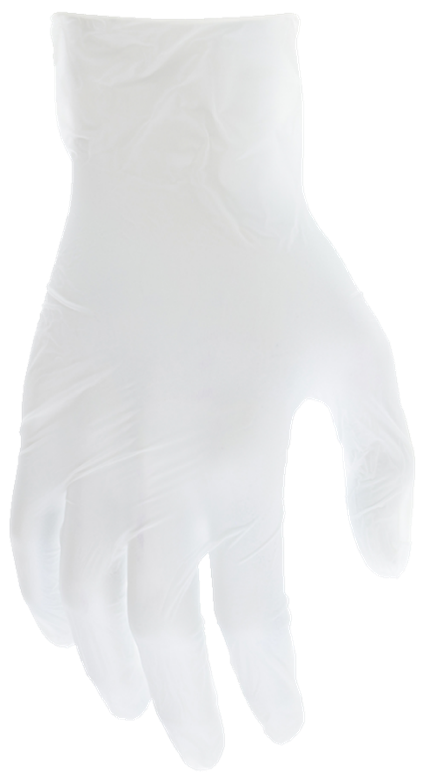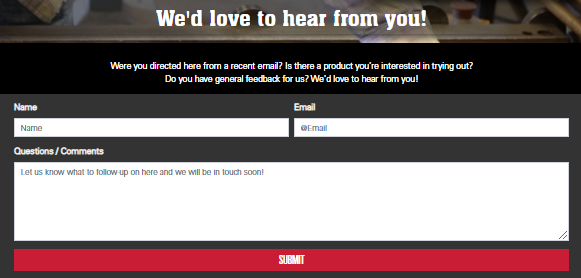Overview of Food Handlers and Food Gloves
Posted by Anthony Webb on Dec 4th 2024
According to the U.S. Food and Drug Administration, there are about 48 million cases of foodborne illnesses in the nation annually - the equivalent of 1 in 6 Americans being affected each year. These illnesses result in an estimated 128,000 hospitalizations and 3,000 deaths. The simple truth is that most foodborne illnesses can be prevented with proper food preparation and safe food handling.

Personal Protective Equipment (PPE) is a critical ingredient when working with food.
For the health and safety of both food handlers and those who consume that food, workers must be adequately trained when it comes to food handling safety protocols. In addition to being prepared for proper food handling procedures, workers need to wear PPE made with materials designed for food contact. Don't worry - we highlight what that entails below.
This article will explore a food handler's role and how they can stay safe in their job duties and keep everyone safe who eats the food they handle. We also dive into the world of PPE, from FDA-approved materials to disposable prep gloves found in almost any establishment that manufactures, prepares, or serves food.
Who Is Considered a Food Handler?
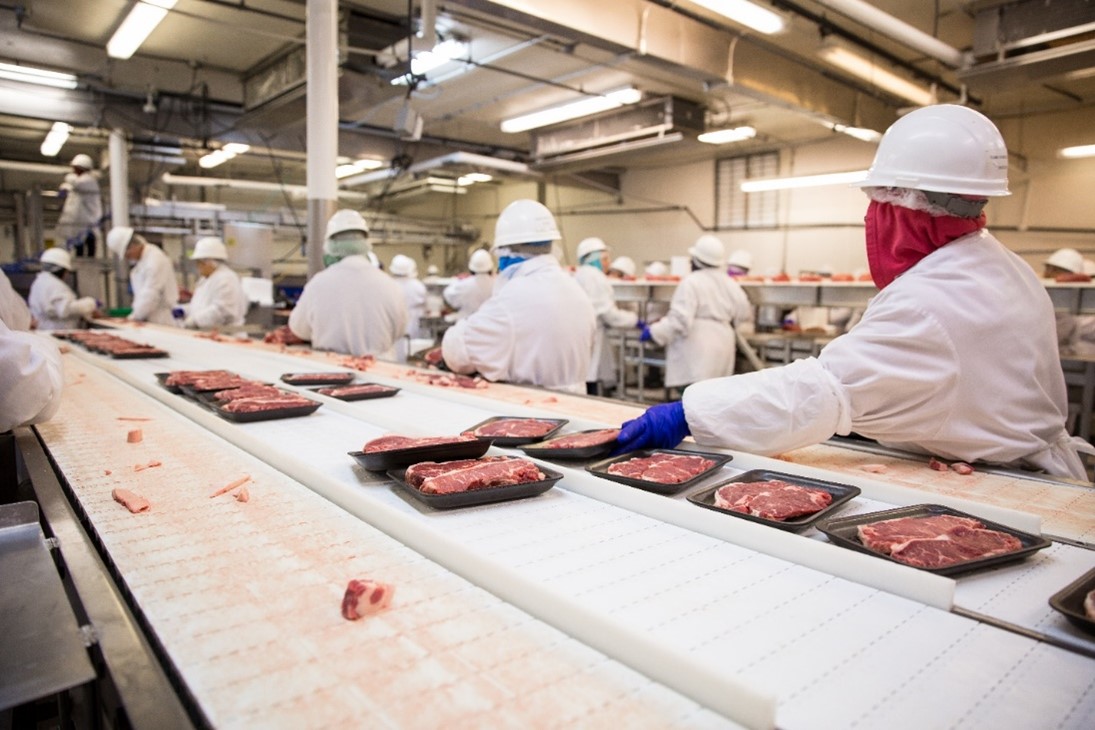
By definition, a food handler is anyone who has direct contact with food during any of its phases along the supply chain until it reaches the consumer. This could be anyone involved in the preparation, manufacturing, processing, packaging, storage, transport, distribution, sale, supply, or service of food before it reaches the consumer. Simply put, a food handler is anyone who comes into contact with food in performing their everyday routines at work.
O*NET OnLine identifies a wide range of settings where workers come into contact with food. Here are some:
- Batchmakers – operate equipment that mixes or blends ingredients, such as dough and syrup.
- Chefs and Cooks – direct and monitor food preparation. They mostly supervise and coordinate the kitchen activities that get food from the kitchen to the customer.
- Cafeteria Attendants – maintain food service bars, and clean tables.
- Dishwashers – clean kitchen and food preparation tools. You'll find everything you need to know, and more, in our Dishwashing article.
- Fast Food Workers – perform many activities, from preparing food to taking orders and delivering food to customers.
- Food Processing Workers - transform agricultural productsinto food ready for the consumer to use.
- Food Preparation Workers – perform numerous duties, which are covered in-depth in the next section.
- Food Cooking Machine Operators – manage equipment such as cooking vats and pressure cookers.
- Graders and Sorters – classify unprocessed food.
- Meat, Poultry, and Fish Cutters – use hands to cut meat, poultry, or seafood.
- Meat Packers– prepare and package large portions of meat at slaughtering facilities.
- Testers and Samplers – inspect and weigh materials.
As you can imagine, many industries employ food handlers, from Food Manufacturing to the Accommodation and Food Services industry. The Accommodation industry employs roughly 15 million workers, followed by Food Manufacturing, with approximately 1.6 million workers.
Food Preparation Worker Facts
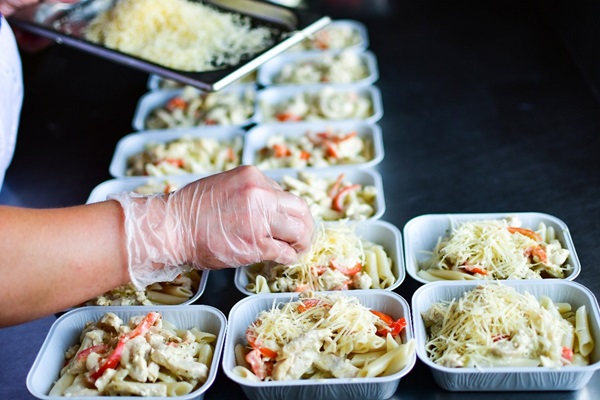
According to the Bureau of Labor Statistics (BLS), food preparation workers perform many tasks under the direction of cooks, chefs, or food service managers. These workers make up a large sector of the U.S. workforce, with over 886,000 jobs recorded in 2019. Fifty percent of these jobs are in restaurants or other eating establishments. The below employment breakdown shows where the remaining workers find employment:
| Restaurants and other eating places | 50% |
| Food and beverage stores | 21% |
| Healthcare and social assistance | 6% |
| Special food services | 6% |
Bureau of Labor Statistics, U.S. Department of Labor, Occupational Outlook Handbook, Food Preparation Workers,
at https://www.bls.gov/ooh/food-preparation-and-serving/food-preparation-workers.htm
O*NET OnLine outlines the tasks often involved with food preparation. Responsibilities often include preparing cold foods, carving meat, peeling and cutting vegetables, and making coffee. Here are some other duties:
- Carrying pots and pans
- Cleaning kitchen areas and sanitizing work stations
- Cleaning fish, poultry, and shellfish
- Placing food into warmers
- Recording temperature of foods
- Mixing ingredients
- Packaging food products
- Storing food
- Washing fruits
- Wrapping food
While performing the tasks mentioned above, workers can easily be injured from chemicals, cuts, and burns. Because food handlers make up such a large portion of the U.S. workforce, you'll find all types of PPE designed for them. From oven gloves and mitts to high-performing cut-resistant gloves, food handlers require specific protection. We will discuss disposable gloves more in-depth below, as that is one type of PPE almost all food workers need.
Overview of Card, Certificate, and Permit

As we indicated above, food handling occurs across many industries, from raw material production to processing food to servicing food. Anyone who is considered a food handler must be certified to perform their duties. In the U.S., most states require that anyone working as a food handler must have a permit to handle food lawfully. You will need to check laws in your area; however, keep in mind that having food handling training and certification will only help you and your business.

Permit
The food safety permit, often called a card or a certificate, is given to anyone who completes a course covering food safety. These courses teach everything from sanitation and personal hygiene procedures to requirements around allergens and food temperature. Once a worker has completed one of these courses, they receive documentation that shows they have passed a food handling and safety course. Most training programs cover the following areas of food safety:
- Food hygiene
- Food hazards
- Risk prevention
- Various foodborne diseases
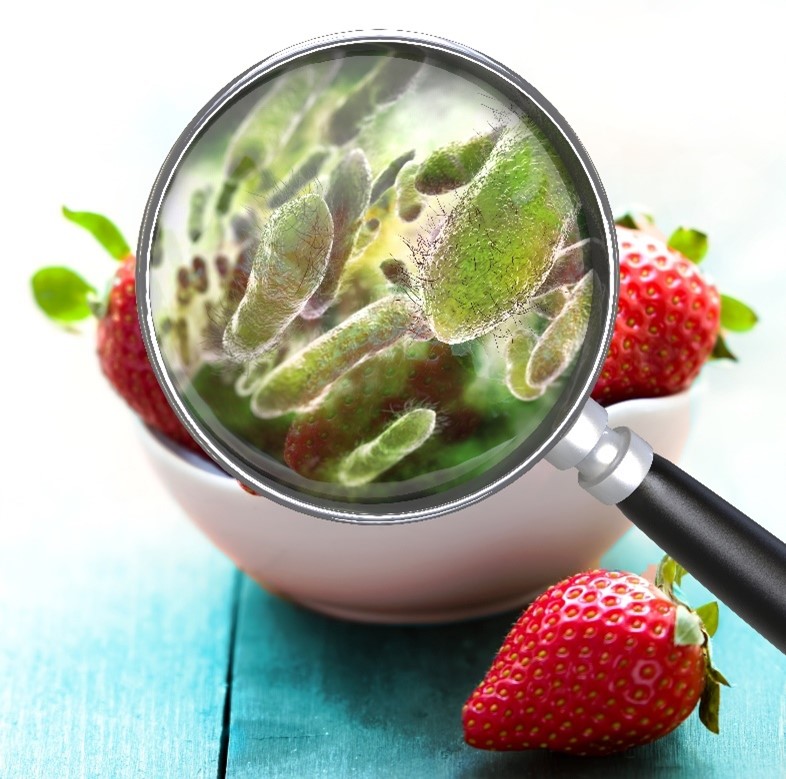
Food-Borne Illness from Bacteria
As a food handler, it's essential to have a permit or license for several reasons. First, inspectors regularly visit restaurants and other eating establishments to check on food safety measures and confirm proper licensing. Being audited should never be your primary motivator to understand food safety; however, not being correctly licensed could result in fines or the establishment's shutdown. Additionally, this certification shows diners that your restaurant knows how to prevent foodborne illnesses, leaving customers relieved of the fear they may contract food poisoning.
The ServSafe test is accepted in all 50 states. Their course teaches individuals all facets of food safety, from hygiene to food temperatures. It is recommended that an individual's food handling card be renewed every 2-3 years, depending on the state in which one resides.
FDA Recommendations

The Food and Drug Administration (FDA) is the government body responsible for protecting public health and ensuring our nation's food supply safety. It is their job to oversee that restaurants, eating establishments, and anywhere food handlers work are using best practices to handle food. Some of these best practices include:
- Thoroughly wash hands with soap and water before starting work, before putting on gloves, and using the bathroom.
- Maintaining any gloves worn and ensuring they are intact and in a sanitary condition.
- Removing or covering jewelry that cannot be adequately cleaned.
- Cooking food to the correct temperature.
Failure to abide by these and other FDA recommendations could result in passing foodborne illnesses to the consumer.
FDA-Approved Food Handling Gloves
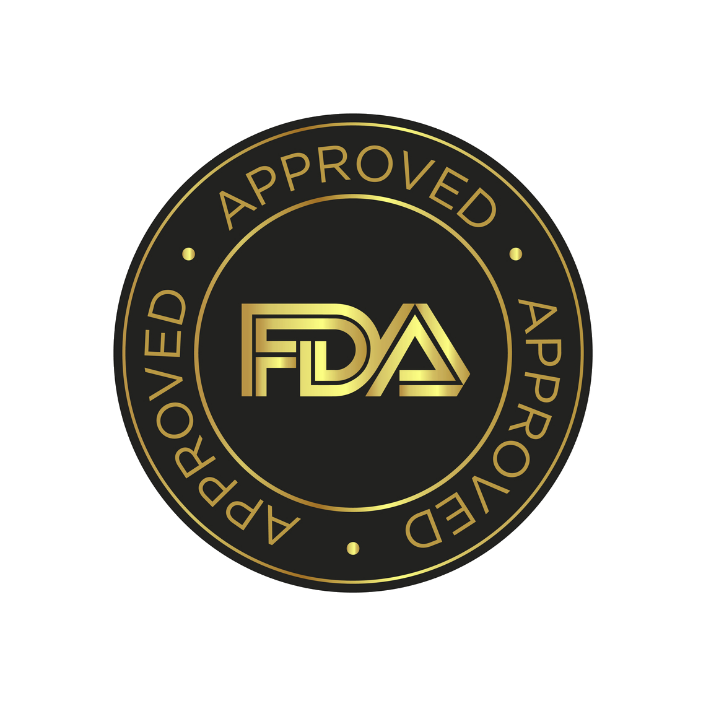
Food handling gloves are certified under FDA Title 21 CFR Part 177, which states that the glove components comply with the FDA regulations. The gloves must consist of materials generally recognized as safe for use in food or food packaging. According to this statute, these gloves must be both sanitary and impermeable.
Businesses employing food handlers will want to invest in high-quality gloves with an antimicrobial agent to prevent microorganisms' growth. Also, powder-free gloves help avoid the powder's residue from being left on the food.
Regarding material, neoprene, latex, Vinyl, and nitrile are generally the most appropriate materials for food prep gloves. If using latex, be cautious of the prevalence of latex allergies.
5309 is a popular nitrile food handling glove.
5190B and 5190E are popular latex food handling gloves.
Keep in mind, the FDA statute referenced above covers nine action items for food safety. We've only covered gloves. Be sure to read the entire document, as it covers a wide range of measures and precautions that must be adopted when working around food. Regarding other PPE referenced in the document, MCR Safety provides aprons, hairnets, steel toe boots, jackets, and boot covers designed for use around food.
Disposable Prep Gloves
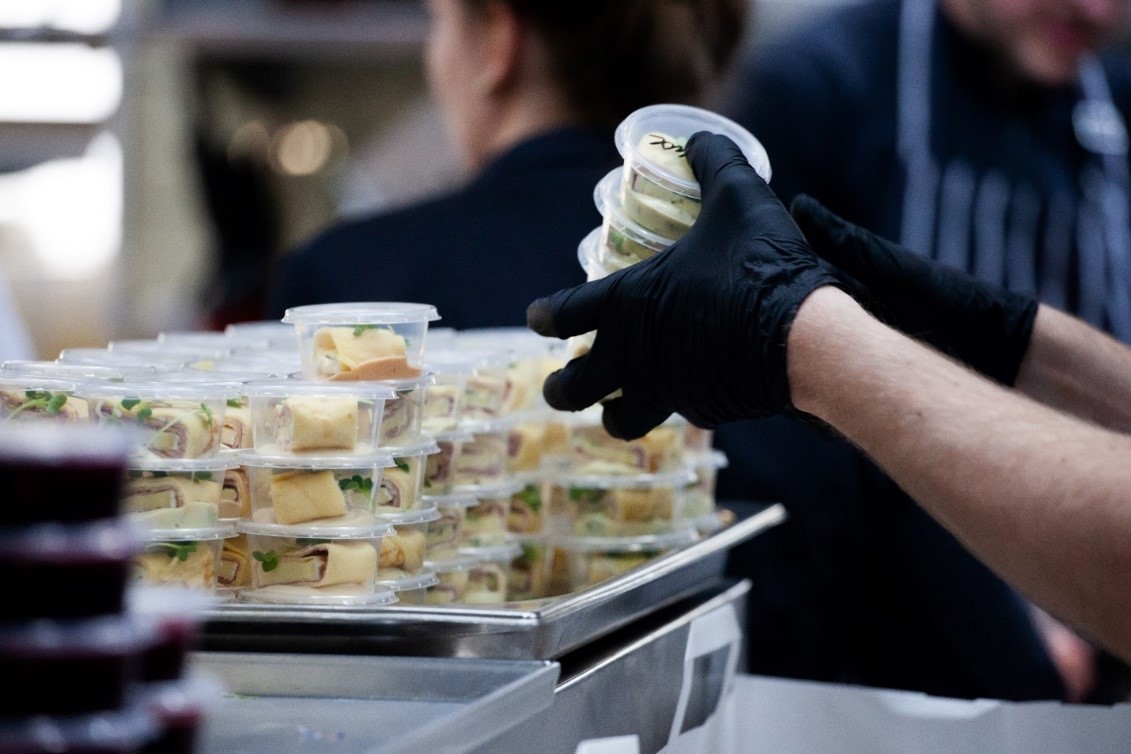
The statute also permits the use of disposable gloves in food handling. Disposable gloves are designed for short-term use and provide an excellent barrier between workers' hands and the objects they touch. Don't let the "short-term" description deter you from wearing them, as they easily hold up in harsh environments depending on their thickness and the material selected. As with other FDA-approved gloves, the materials used in many disposable gloves are considered safe for food handling and packaging.
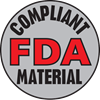
Here is a brief explanation of why specific polymers are chosen, along with top sellers for each:
- Nitrile - this polymer's overall strength makes nitrile gloves a perfect choice for those wanting a glove that holds up against wear and tear.
MCR Safety's 6016O 6 mil raised grip and 6015 4 mil are popular nitrile disposable gloves.
- Latex - less expensive than nitrile options, latex gloves are often worn in food processing applications like handling raw meat due to latex's elasticity.
5055 is a popular latex disposable glove.
- Polyethylene and Vinyl – these materials are preferred in situations where only light food preparation is required.
5040 and 5015 are two popular disposable gloves.
The primary purpose of wearing any food prep glove is to prevent spreading germs and contaminating food. For this reason, workers should frequently change disposable gloves to prevent contamination or cross-contamination of food.
Common Questions
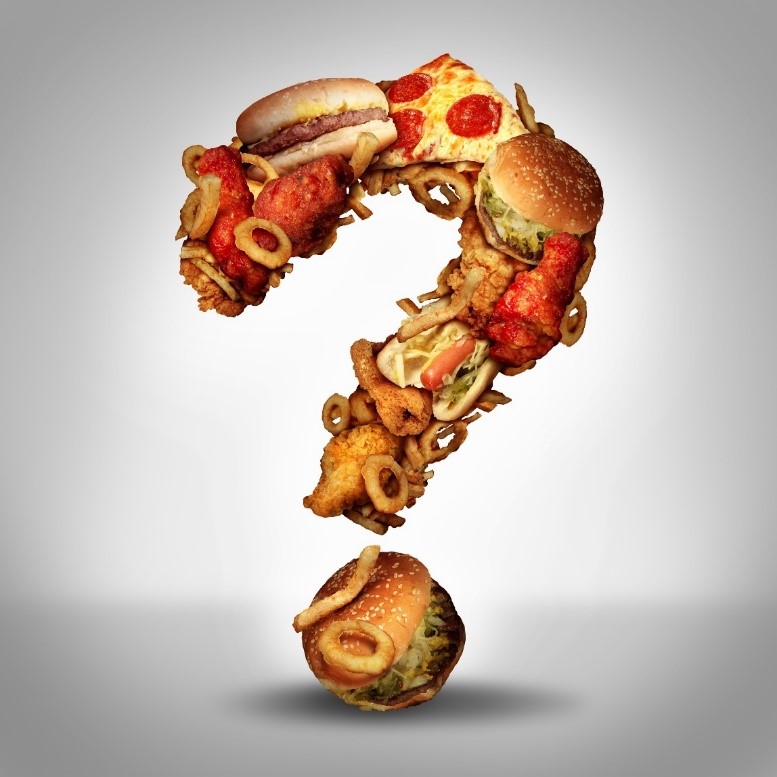
What is a food handler's card?
- A food handler's card is a verification that a food worker has passed all necessary training and is licensed to handle food. Visit this website for more information.
Who needs a food handler's card?
- Food can quickly become contaminated, causing potential harm to those who consume the food. Anyone in direct or indirect contact with food needs proper food handling training.
How does one get a food handler's permit?
- A permit can be obtained after taking appropriate training courses and passing a test to show you are knowledgeable about what the class taught you. Visit this website for more detailed information.
Can you use nitrile gloves for food prep?
- Yes, however, we ask you to verify the specific glove offered by MCR Safety as being one that is made with FDA-approved materials.To do this, utilize our FDA filter when you search for glove options. Visit the following link for clarifying a glove's status.[JB5] Also, keep in mind that the higher the glove's thickness, the more durable it is and the longer the glove will last.
Can vinyl gloves be used for food prep?
- Yes, though they are primarily used in light food preparation activities. Like nitrile options, we ask that you verify which gloves are made with FDA-accepted materials by utilizing our FDA filter.
Does the FDA recommend nitrile gloves?
- The FDA doesn't recommend any specific gloves. They only advise which materials are food-safe, and nitrile is cleared for contact with food.
MCR Safety Protects the Food Industry
![]()
When it comes to covering your bases with food safety, rely on MCR Safety for all of your food preparation needs. Our gloves and other food industry products are designed to keep food, customers, and workers safe.
We welcome any comments, feedback, or suggestions for how we can best protect people at work.
For over 45 years, MCR Safety has proven to be a world leader in gloves, glasses, and garments. Whether it’s on the shop floor, an oil rig, or a construction site, we are there providing solutions to workplace hazards. It’s all part of our commitment to protect people.
No matter your industry, we have the personal protective equipment you need.
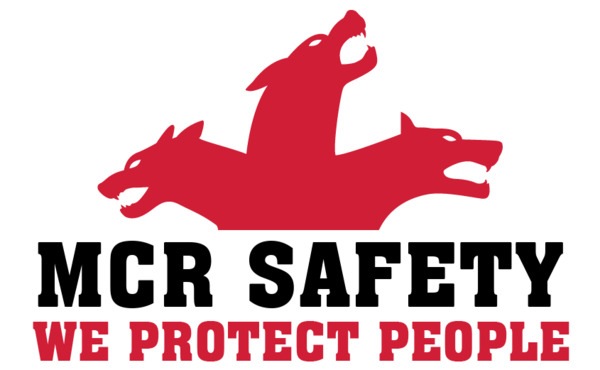
Learn more about MCR Safety by checking out our most recent video. For more information, browse our website, request a catalog, find a distributor, or give us a call at 800-955-6887.


